Beyond the Frame 10/
The Signature Photograph — Finding the key image for a story on assignment and how to make digital Contact Sheets in Lightroom.
The Storytelling Shot List
If you watched the documentary Tish, which I wrote about in Tuesday’s free newsletter, you’ll have seen David Hurn explaining the principles of building a photo essay with images from varying perspectives.
He talks about an “Establishing” or “Opening” image, a scene-setting photo that introduces the viewer to the story location.
This is one of a list of perspectives that provide a valuable Shot List for a photographer working on a photo essay.
In classes and on photography workshops, I share a collection of postcards with images from a story I made about a Darjeeling tea plantation.
Each of the recommended Shot List photos is illustrated and the postcards serve as a handy reminder to shift perspective, change focal length and look for alternative angles. It’s all-too tempting to get stuck on photographing the main subject on an assignment and we can overlook the wider angles, interactions and details, which are essential components for a comprehensive photo essay.
I’ll cover each of the Shot List perspectives in future editions of this Friday newsletter.
Indigo
On assignment in northern Thailand, documenting the process of growing, harvesting and processing indigo plants to make clothing dye, I referred to my Storytelling Shot List, checking off each of the perspectives and was reminded that I had to make a Signature Image.
The Signature Image
A Signature Image is one that defines and summarises the story. It’s often the one I’ll put forward to an editor as a candidate for a cover image (because it’s always a bonus to get an image on the front cover).
Consequently, my Signature Images are often framed in portrait (upright) format and I’ll be conscious of leaving space for a magazine title banner and text.
My commissioning magazine editor and I spent a day at a family-run indigo farm in the Sakon Nakhon Province of northern Thailand. Our host and farm boss, Gypsy, took us to the indigo fields
We explored the outdoor dyeing factory — “factory” is rather a grand name for an outdoor area with dozens of ceramic pots on a table. But it was quietly industrious, with workers submerging plants into the indigo-coloured pots.
Other families in the community are employed as weavers. We met with them and observed the process of weaving indigo yarn into clothing. Some of the family’s indigo clothing has been used in Hollywood films. If you watch the film Troy closely, you might spot Gypsy’s distinctive, indigo clothing.
We met Gypsy’s family, all of whom have responsibilities in the family business. Gypsy’s mother was a hoot!
There was plenty of potential for a Signature Image but I specifically wanted to illustrate the hand-crafted nature of the dyeing process. I’d noticed that Gypsy’s hands were dyed indigo after years of work and including them in a photo seemed like a good way of showing the hands-on demands of the dyeing process.
Working with the dyes, saturating the plants in a secret liquid concoction, wringing-out and re-submerging the threads in the deep blue dyes left all of the family and farm workers with indigo-coloured hands.
I asked Gypsy to grab a handful of dyed yarns and to step into a shaded area with relatively flat lighting, in order to avoid troublesome highlights.
My Contact Sheet shows that I made a dozen frames, bracketing exposures between -1 and +1 stops from the camera’s metered exposure.
The resulting image appeared on the magazine cover and has proved to be one of my best-selling stock images.
Ironically, I can’t find my tearsheet from the published magazine article although the photograph has been “acquired” by so many websites and magazines that I’ve given up trying to chase the unpaid reproduction fees.
If nothing else, it’s proof that I made a good decision on the day and that my Storytelling Shot List once again prompted me to make an image that I might otherwise have overlooked.
Contact Sheets in Lightroom
A reader has asked about the Contact Sheets that appear in my Friday newsletters.
I’m Old School (in many senses) and spent years peering into a magnifying loupe at a contact sheet of images.
Traditionally, contact sheets were made in a Dark Room by lying strips of negatives onto a sheet of photographic paper and exposing under an enlarger.
Contact Sheets save on the expense of printing each image from an assignment and allow a photographer to quickly scan and compare images, selecting the ones for larger printing.
The Magnum photo agency have published a magnificent book containing hundreds of contact sheets alongside the photos that the photographer/editor eventually selected.
The book provides a fascinating insight into the photographic process and I love to see the images which preceded and followed the photograph which was ultimately selected.
So even though I no longer have a Dark Room, I still make digital Contact Sheets in Lightroom, which I review on an iPad.
I find it easier to compare a sequence of images together, moving back and forth to compare. I can zoom in on an iPad, scroll around and I find that gives me a much clearer sense of which images work best.
If you would like the custom template file I created, send a DM or leave a comment with your email address and I’ll send you the file, which you can import into Lightroom.
It’s not difficult to make a Contact Sheet. Here are the settings I used:
Print Module
In Lightroom’s Print Module, open the Template Browser in the left panel and create a new template. Name it “Gavin’s Amazing Contact Sheet” (or you can choose your own name, I suppose).
These are the layout settings I use. I’ve added crop marks and an identity plate with my name but you can omit these.
I’ve included basic exposure information, which is often helpful if you’re looking for images with lower ISO ratings, for example.
I select the images I want to appear in my Contact Sheet, usually at least 36 at a time, and then click on the Print to File button… voila!
If you have any questions about my Storytelling Shot List or creating and using digital Contact Sheets, please don’t hesitate to ask.
“The camera is an instrument that teaches people how to see without a camera.” — Dorothea Lange
Beyond the Frame 8/
On Assignment in Bangladesh, journalistic ethics, child protection policies and a pro guide to data backups




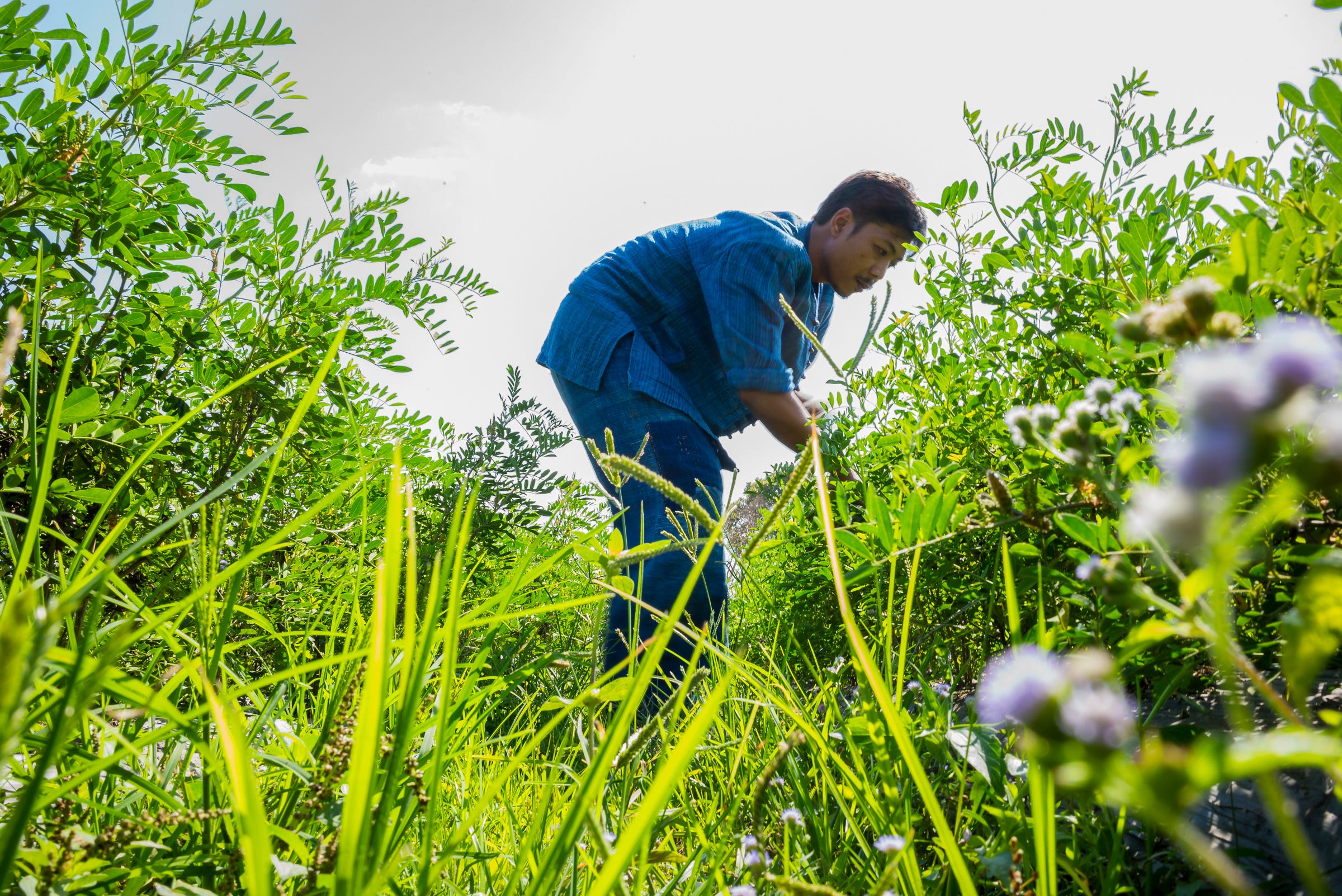

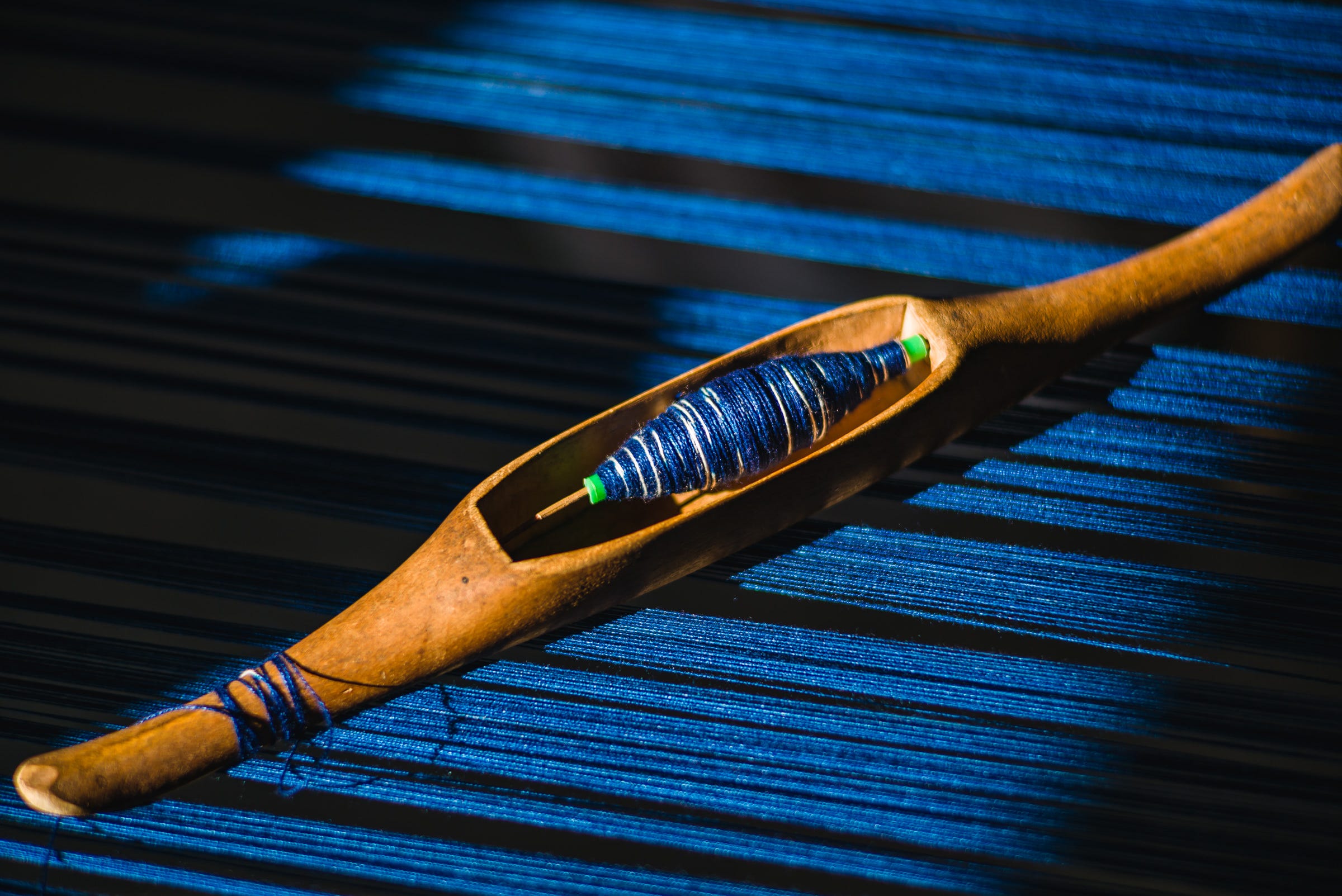

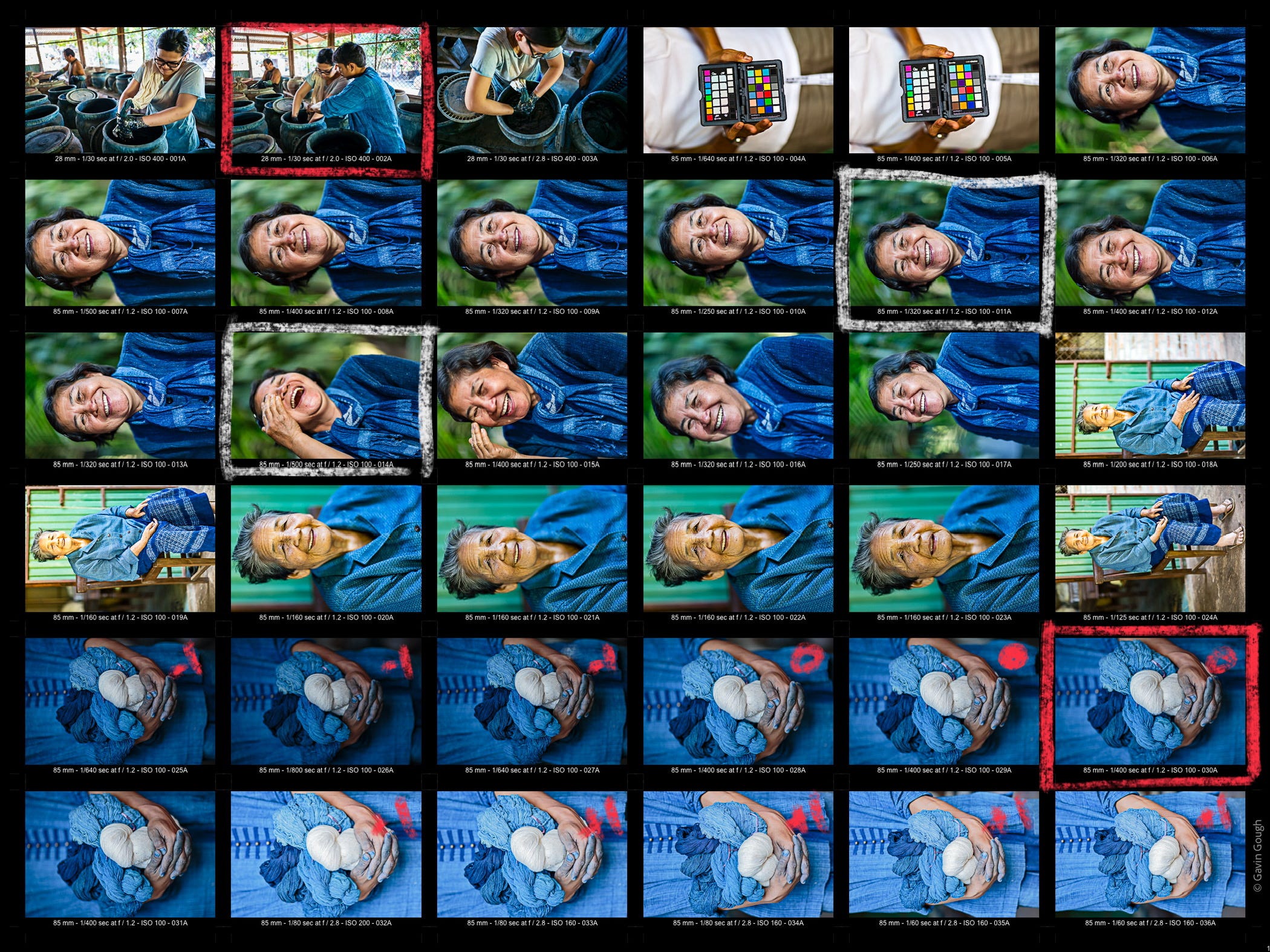
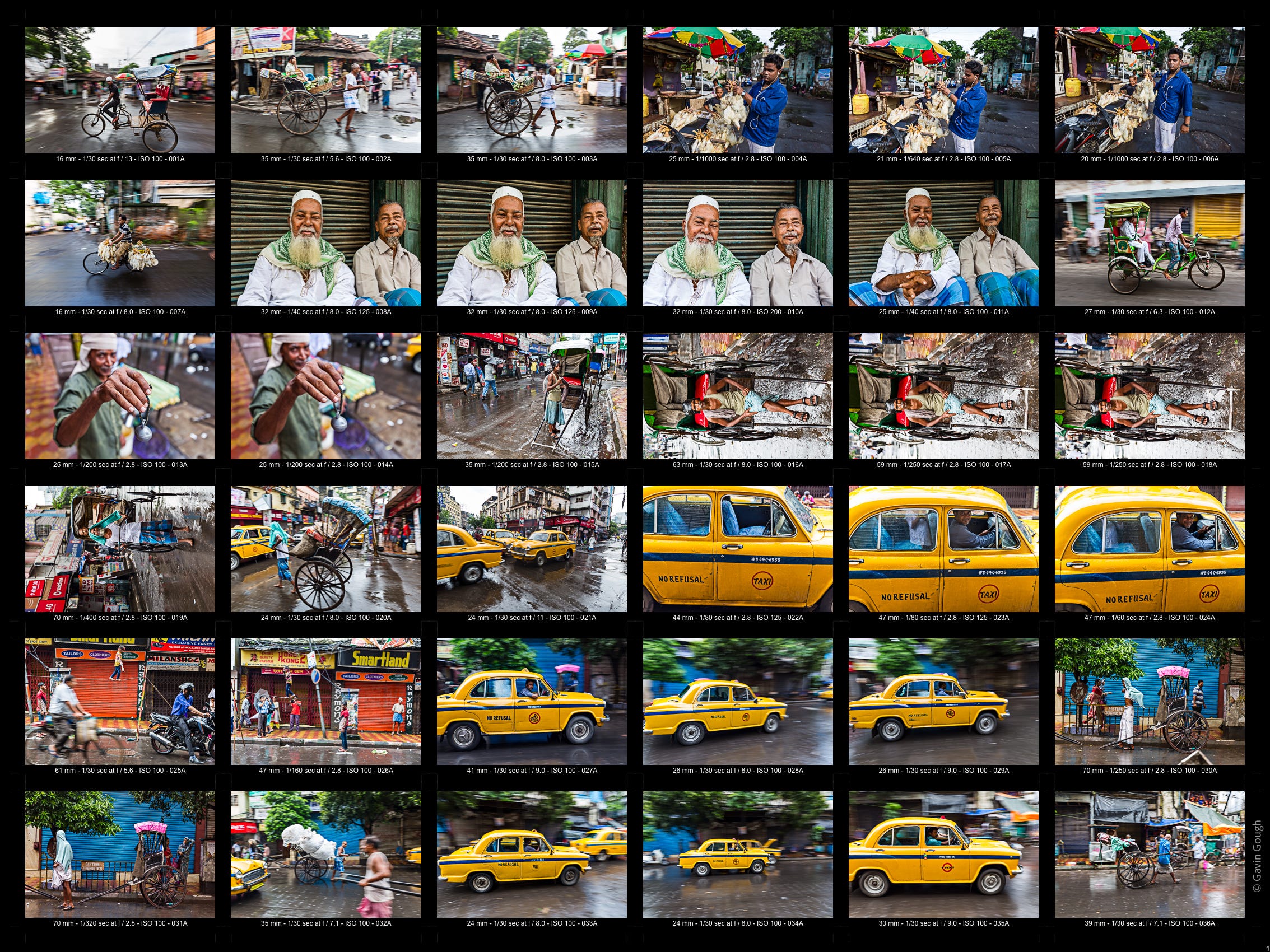
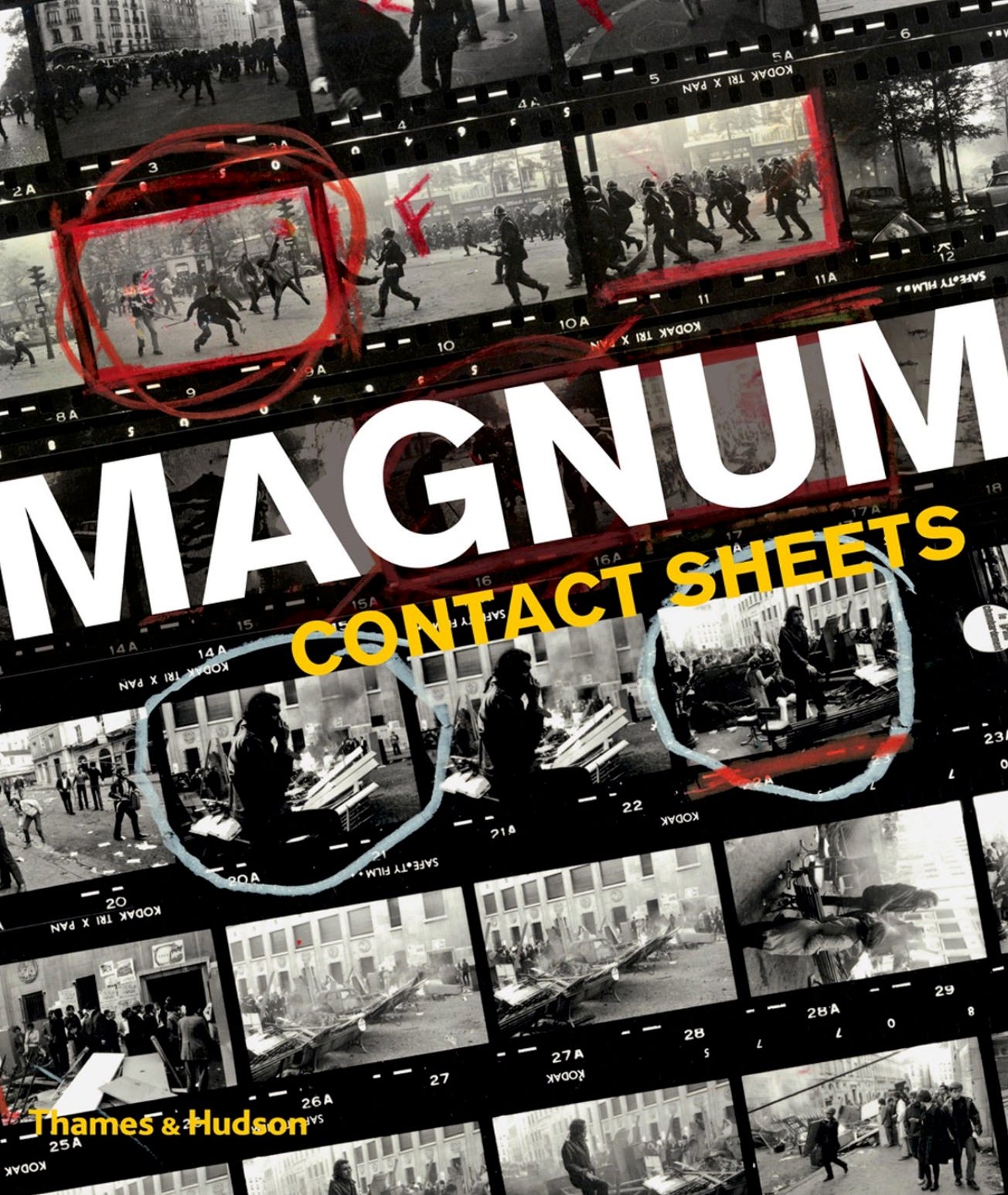
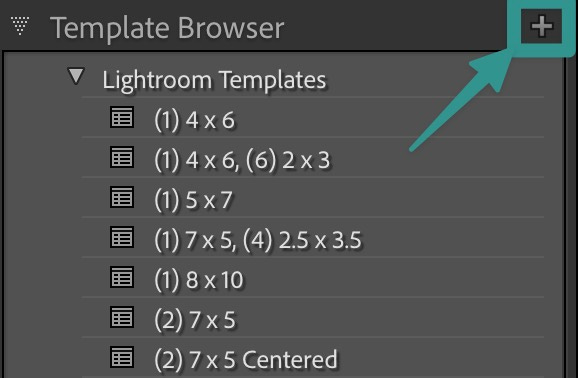

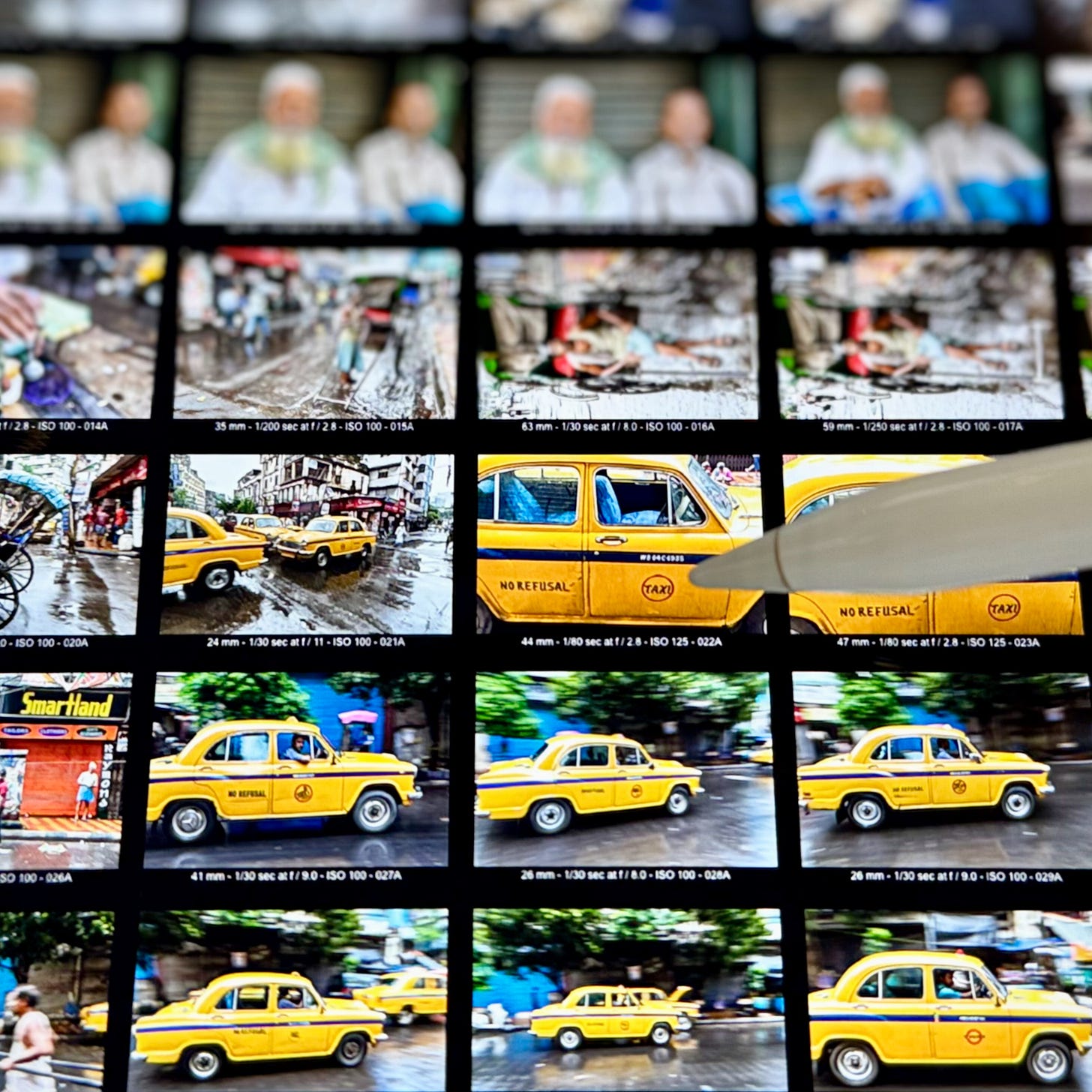


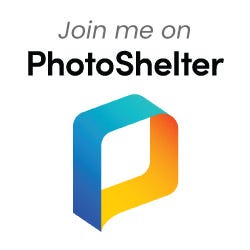
Please send the flle for the contact sheets in Lightroom. gcarney@hsc.edu